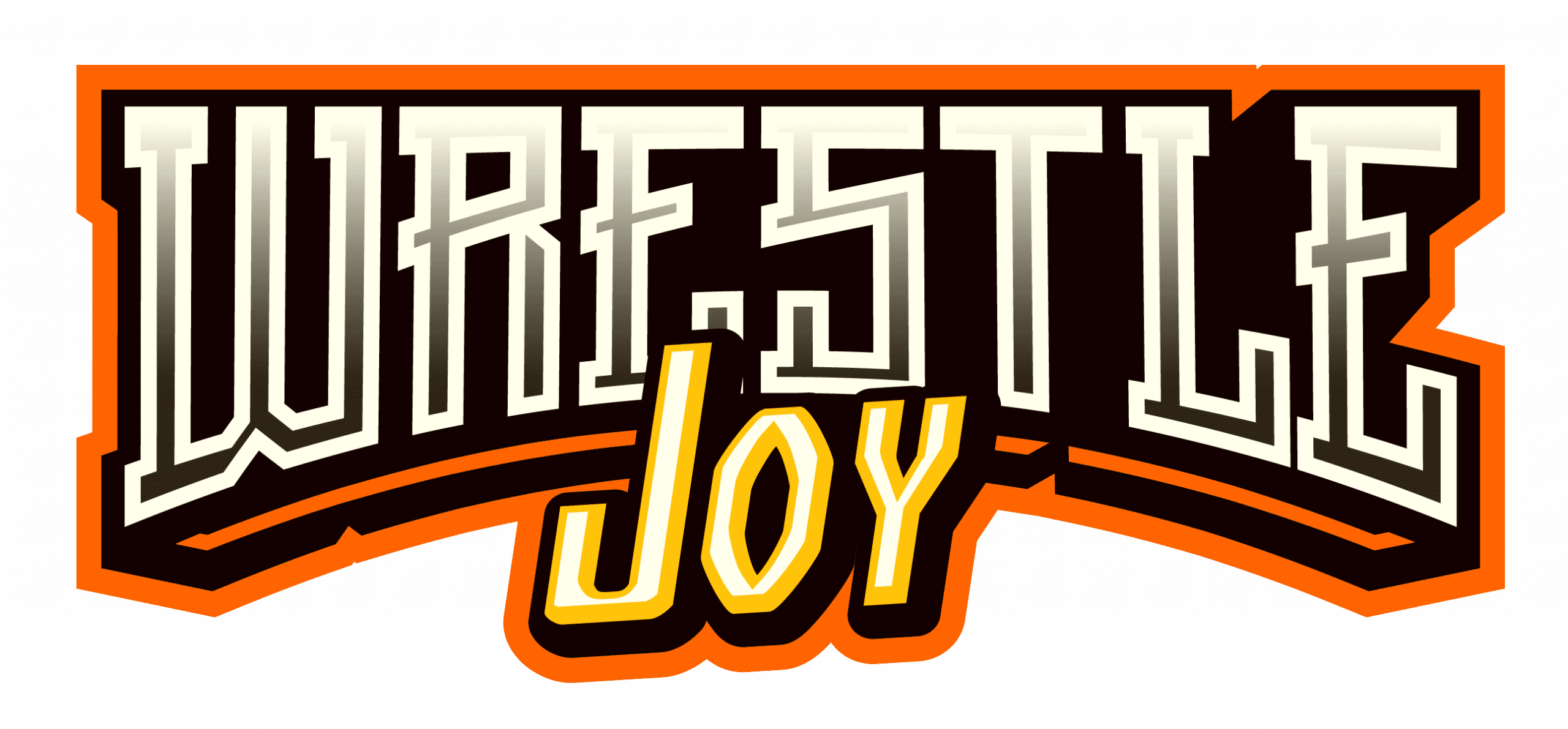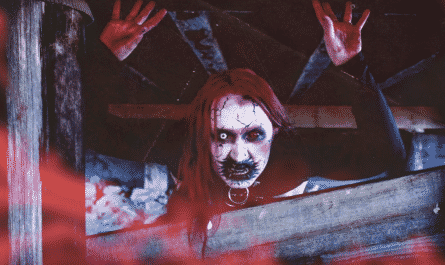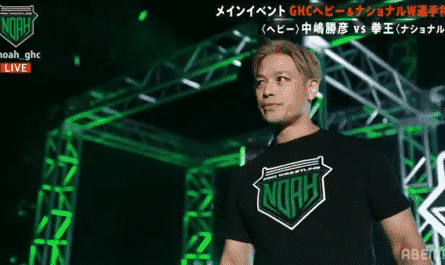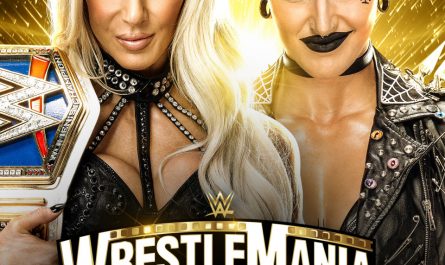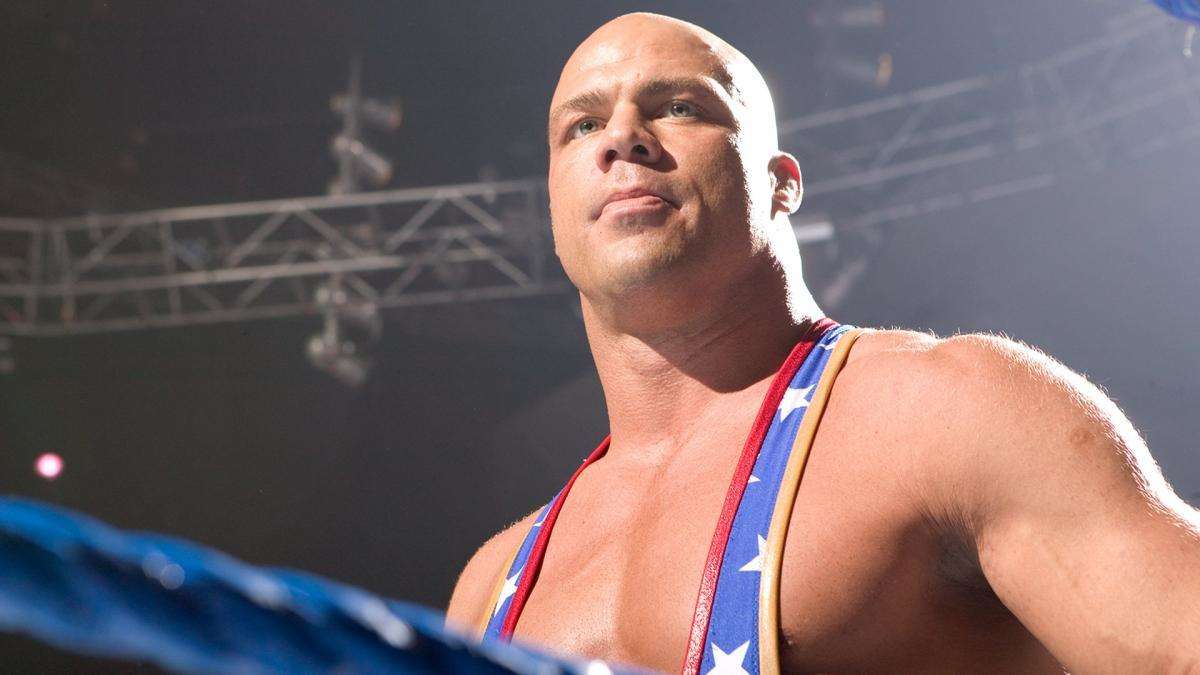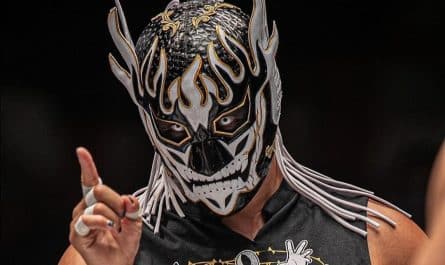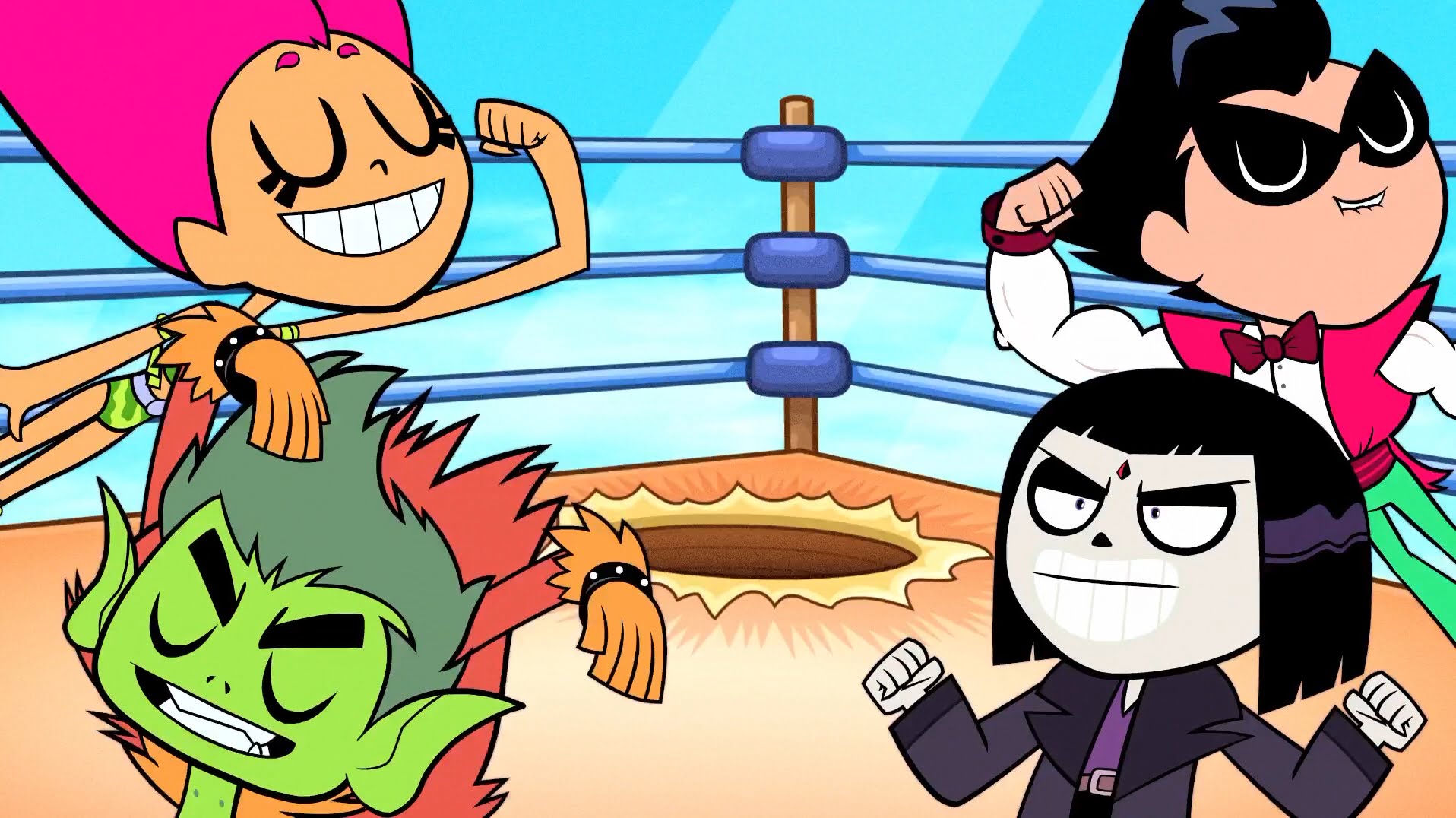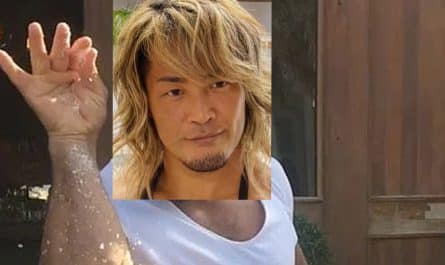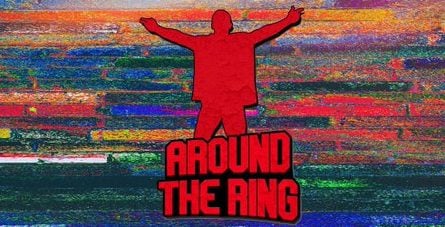
Over the past few decades false finishes emerged as a common tool across the wrestling industry, particularly in North America. At the outset of a bout, they help set a high tempo while indicating a close and hard-fought match to come. Later on, a series of close 2 and 3/4 counts can signal the audience to tune in closely for the start of a big finish. Wrestlers will even truly fake us out with a devastating, win-worthy spot that nonetheless isn’t enough to get their hand raised.
The consistent aspect of all of these close calls, just like almost everything in a pro wrestling match, is that competitors plan them out perfectly in time with the cadence of the story. This is the case with virtually every single one of these close kick-outs you’ve seen. But not the one we’re here to talk about today. In the wake of the instant classic between Best Friends and Proud & Powerful on AEW Dynamite, we’re revisiting a legendary street fight, one that set the bar for shock and brutality. Its action was captivating, but its ending would truly change the game.

There are few bigger legends in the industry these days than Mick Foley and Triple H. Their careers have spanned decades, as their in-ring credibility allowed them to be effective on-screen authority figures when not in action. It’s easy to forget that as the 90’s were ending, Foley’s body and his Socko comedy act were both wearing out. At the same time, Helmsley faced questions about whether he could be counted on as the sole #1 guy and draw TV & PPV ratings in the absence of Shawn Michaels.
Then, life opened a door when the brightest star in the world, “Stone Cold” Steve Austin, needed additional surgery on his repaired vertebrae (originally injured in ’97). He was written off TV in late 1999. Foley and HHH, having shown great chemistry while feuding in 1997-98, were a safe bet to be able to put together a compelling story in short order. Foley needed to show everyone he still had it, while HHH had to show the brass (and his future father-in-law) that he truly had IT.
This pressure was reflected in the setting, co-main eventing the 2000 Royal Rumble in Madison Square Garden. Helmsley was given the title on RAW a few weeks before the event to give this showdown the biggest spotlight in the company. Foley jumped him soon thereafter and even played his trump card by reviving his ruthless Cactus Jack persona. Both men knew they had to bring their all and beyond.
A no-DQ Street Fight stipulation meant that they could be as intense and insane as it took to stand out. Were they ever, taking bumps on pallets, steel steps, tables, and the Spanish announcers’ desk. They traded shots with chairs and a 2×4 wrapped in barbed wire. But the coup de grace came when Foley chose not to go for the cover after a piledriver on the aforementioned announce table. Instead, he reached closer to the edge just one more time by unleashing hundreds of thumbtacks all over the ring.

This was vintage Cactus Jack, taking more punishment than any man should be able to stand so long as he could dish out more himself. Importantly for the story, he also let his desire to hurt his enemy take him away from perhaps his best chance to win. Deep down, he didn’t care. Helmsley had been developing the Cerebral Assassin persona and displayed it again here when he began strategically working over Foley’s leg after it struck the ring steps.
Helmsley’s strategy of how to break down a wrestling opponent was already top notch, but even deep into this match it was clear Cactus Jack was the more comfortable of the two with all the weapons coming into play. After HHH countered a Foley charge with a backdrop onto the tacks, he pounced on the opportunity to strike more conventionally with the Pedigree. You can hear resignation fall across the crowd as soon as Trips successfully got up into the air to drive Jack down. That had to be it. Even the announcers said (and believed) “nobody gets up from the Pedigree.”
Cactus Jack did. It was only a 2 count. The entire arena lost its mind, and so did HHH. He pounded his fists in frustration before yelling at the ref. Looking closely, this exchange wasn’t the usual cartoonish “that was 3, you idiot – are you blind?” kind of heel talk we always see. Helmsley was clearly livid, but he actually spoke to the referee, in words we couldn’t hear, about how he must have made a mistake. Why? Because that was the planned finish to the match. There was no false finish spot there to make us want more. Helmsley lost it for real because this was the biggest test of his star power, his career path, and he thought he’d nailed it. How could it all fall apart now, right at the end?
Little did he know, he was in good hands. Mick Foley knew the position HHH was in. Moreover, he had an idea of what it would take to make this match, possibly his last as a big name in the business, live forever. So in possibly the biggest actual display of what he likes calling “testicular fortitude,” he called an improv live in the middle of Madison Square Garden on Pay Per View. His idea, which he relayed quietly, was simple: Do it again. On the tacks.
The visual of the facebuster-type move driving a man’s skull towards those tacks remains stamped into fans’ brains to this day. Foley knew that the surprise, joy, and resulting adrenaline the crowd got from his shock kick-out would just lead them to pay even closer attention to that bloody deed. That energy would also give a greater impact to both competitors after the Rumble ended. And he was right.
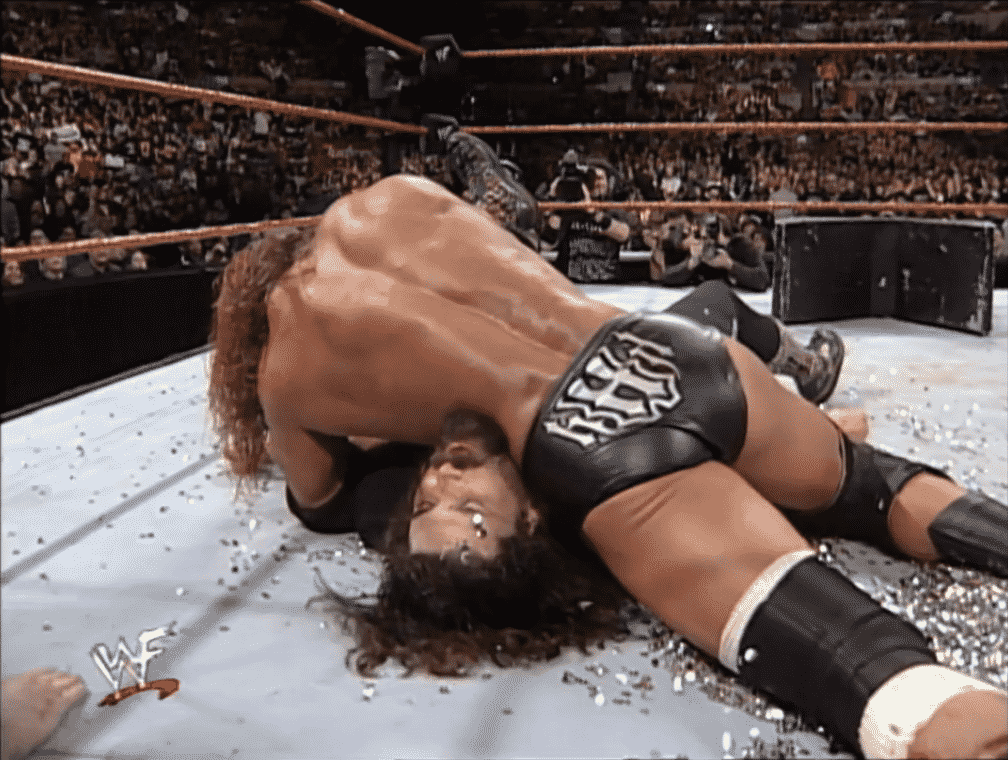
Mick Foley, with one motion, helped re-plant his marker as a performer who could deliver real high-stakes drama without any need for sweatsocks. If Cactus Jack could kick out of a Pedigree, no matter what happened after, he was still a big deal and not to be taken lightly ever again. In the end, like a lot of Foley’s best work, it meant even more to the other guy. Triple H had never been the one to go to unimaginable lengths to win, never truly willing to destroy his opponent out of a pure lust to get or keep what he wanted.
The Street Fight, and the ending in particular, changed that image. He wasn’t just cerebral or strategic, he did what was necessary to an extent that would please Ra’s Al Ghul. They further reinforced that impression at their Hell In A Cell rematch. It stuck from there, and was key to the formation (and fracturing) of Evolution as well as the stories that would make Trips an all-time figure in WWE’s history in the coming years. That is a lot of weight for one thrust of a man’s shoulder to bear. Nobody saw it coming, and only that one man out of the thousands in the building even knew that it was. We all are lucky that, when the lights are brightest and the blood pouring down, Foley truly Is Good.
